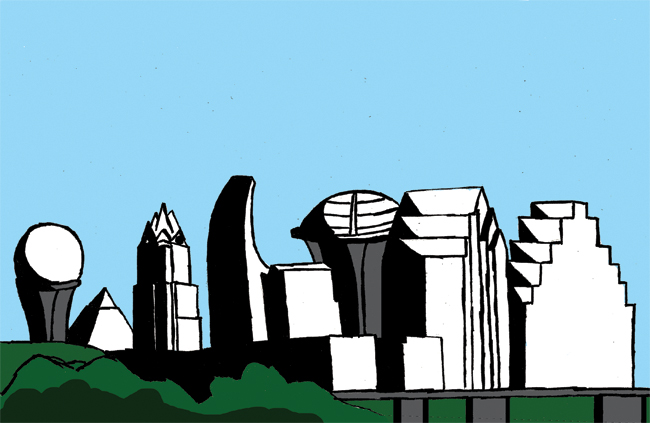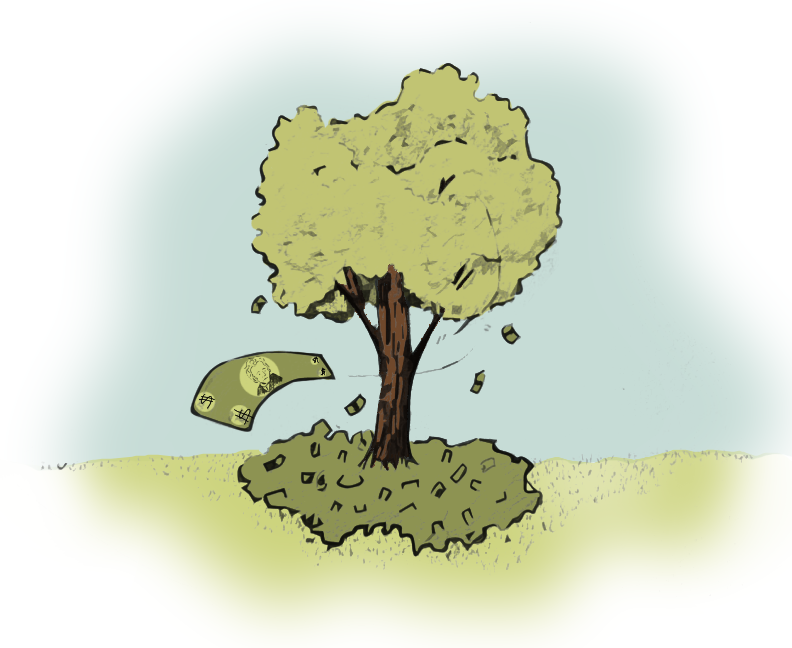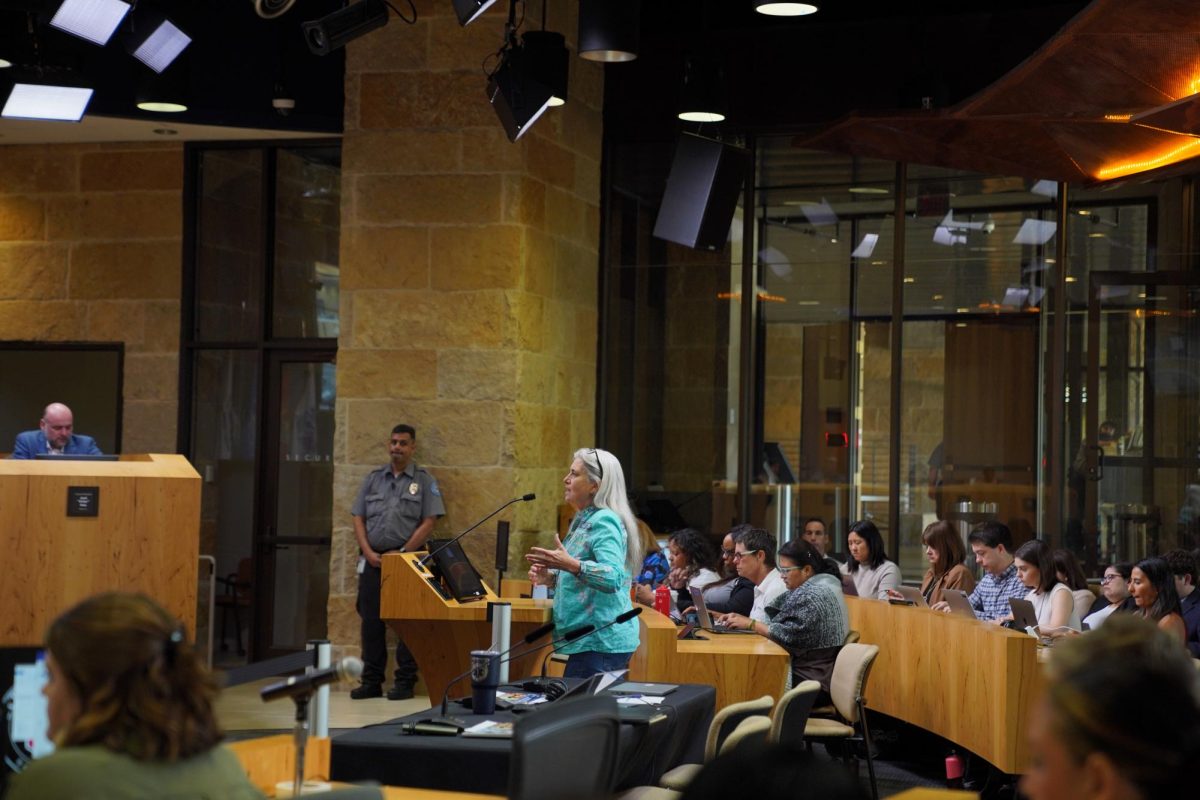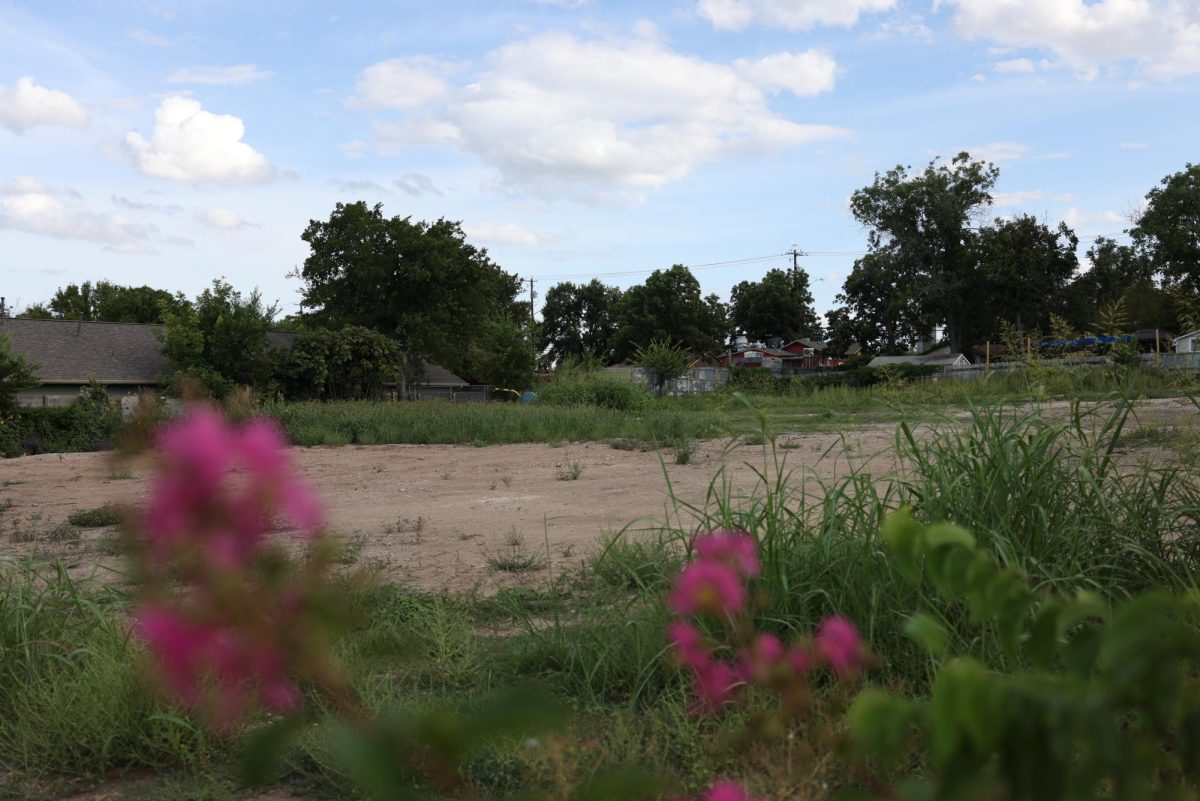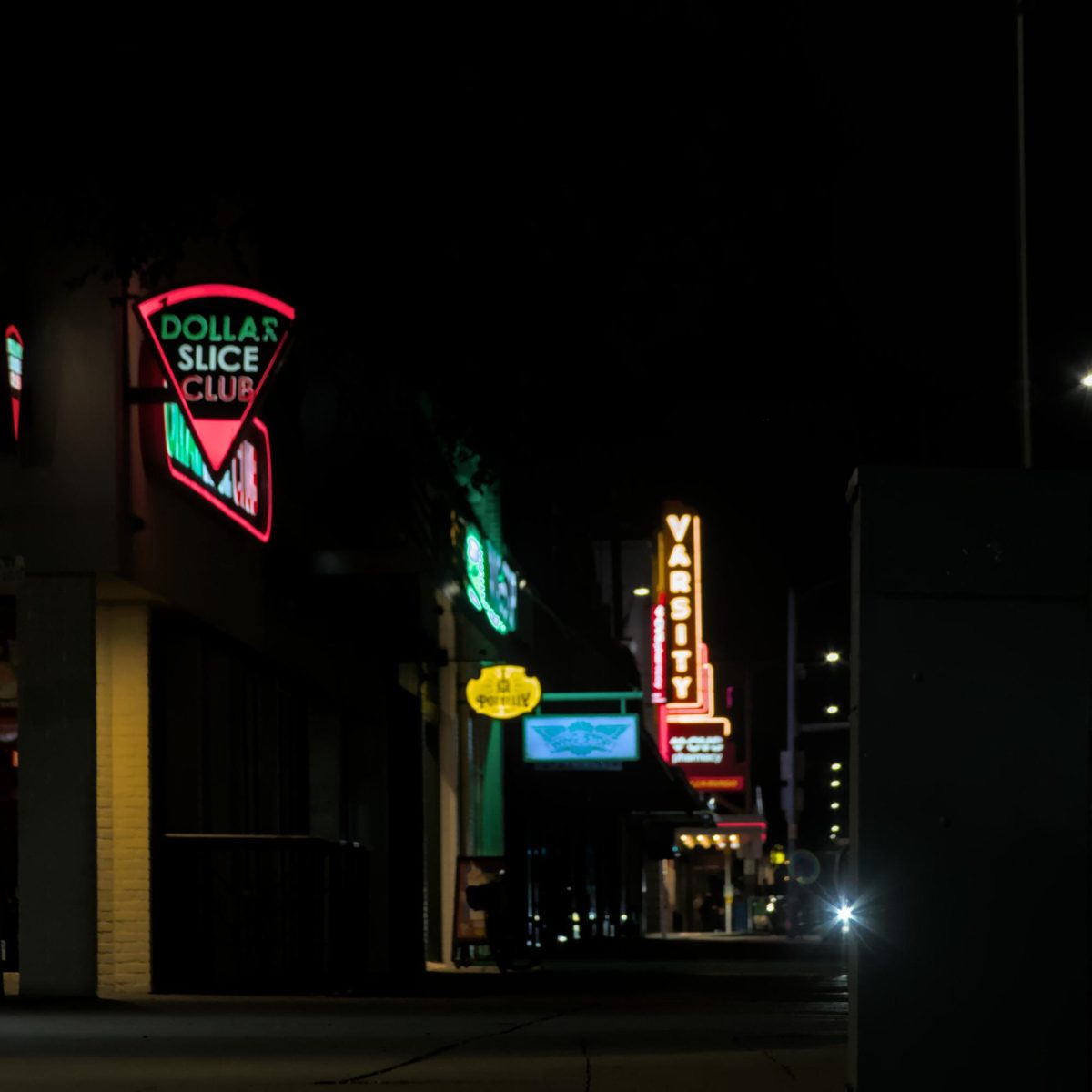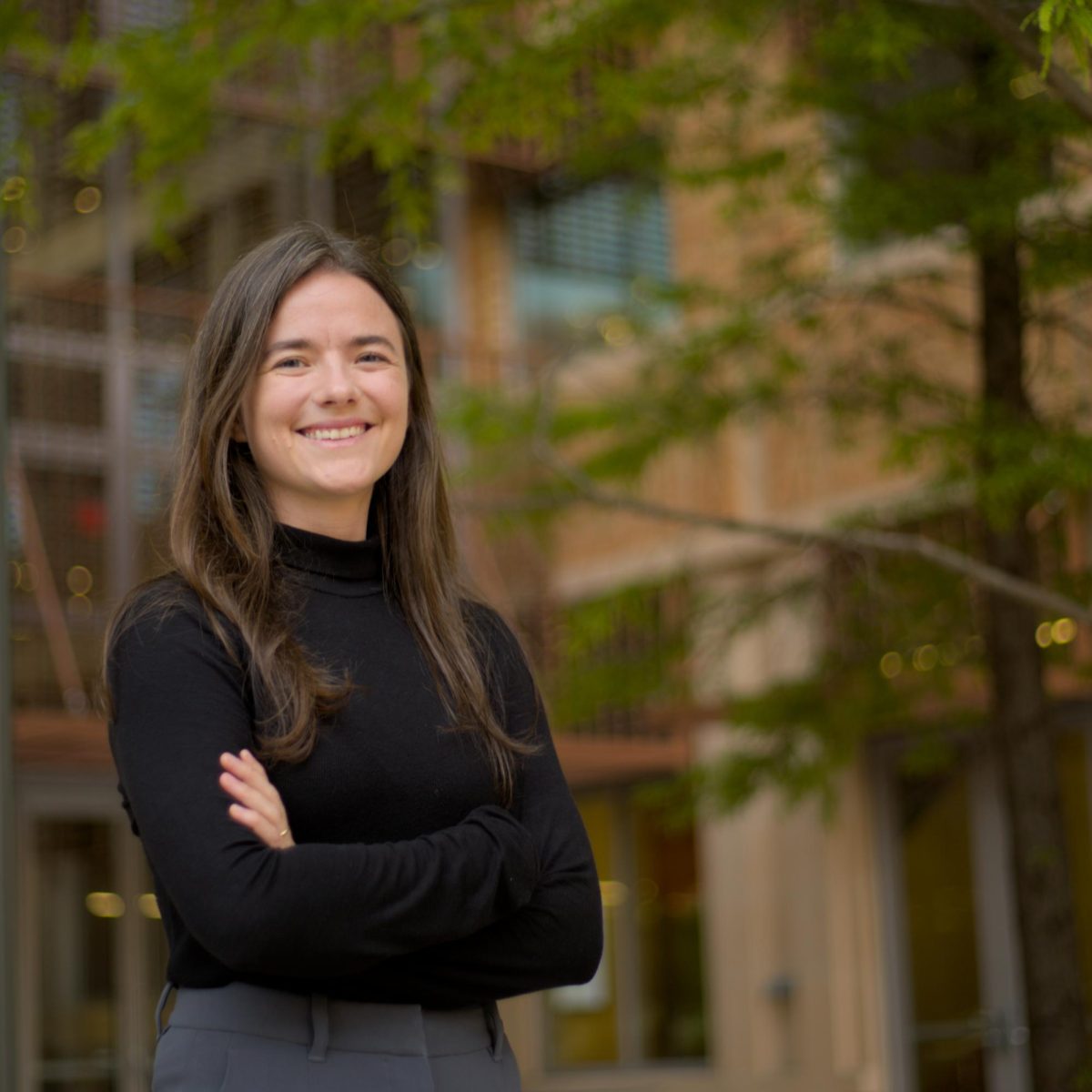Austin’s City Council unanimously voted to adopt a comprehensive plan June 14 that will guide city development over the next 30 years in order to turn Austin into a more “compact, connected” city.
Titled “Imagine Austin,” the plan outlines an overall vision for what city officials hope to accomplish in Austin in areas such as land use and transportation, housing and neighborhoods, conservation and environment and the local economy. Garner Stoll, Austin’s assistant director of planning and review, said although some residents have raised concerns over Imagine Austin’s effect on currently established neighborhoods and housing affordability, the plan is a continuing process with annual reviews.
“The plan recommends looking at encouraging growth where we want it to happen,” Stoll said. “Austin keeps growing rapidly. There’s been concern about whether this destabilizes established neighborhoods. We’re not pretending we can plan for 30 years out.”
The plan includes input from City Council, the Comprehensive Plan Citizens Advisory Task Force and the city’s Planning Commission. Stoll said since 2010, about 18,000 Austin residents have taken part in surveys in order to include their input in the plan.
“It’s a city-wide plan to guide future growth and development,” Stoll said. “It contains visions for the city and it contains actions for what the city officials should do. I think we certainly hope to see mobility improvements in the future, meaning a more walk-able, bike-able pedestrian community.”
There are several core principles that will guide city officials over the course of the plan, such as sustainability of water and other resources, integration of nature into the city and affordability of living for all residents, according to the Imagine Austin website.
Rob D’Amico, Citizens Advisory Task Force member, said the plan is not to be used as a step-by-step guide toward improvement.
“There’s not necessarily a first step,” D’Amico said. “It’s more of a blueprint for when you reach decision points. There are certain milestones that we want to reach, but it’s more of a guide than a road map.”
D’Amico said much of the plan calls for corridor planning, which involves densifying corridors such as Airport Boulevard and Riverside Drive with mixed-use land planning initiatives that combine residential and commercial elements. Current examples of mixed-land use planning in Austin include the Triangle and the Domain, where businesses and residences occur on the same footprint of land.
Civil engineering professor Chandra Bhat said important factors for the success of such comprehensive plans include the ability to keep the entire community engaged across a spectrum of demographic groups. Providing plenty of options for city elements such as transportation are crucial to making the plan work, Bhat said.
“Different elements of development can provide choices,” Bhat said. “It can allow for easier access to various activities, and it can promote walking and bicycling. That can have useful benefits on traffic congestion, it can have energy benefits and it can have public health benefits.”
Despite the flexible nature of the Imagine Austin plan, Bhat said it is important to have a firm grip on the overall vision for the city.
“These kinds of plans and visions might not exactly pan out the way they are initially structured, but having this type of vision is very important,” Bhat said. “What are we wanting Austin to be in 30 years? As long as that is articulated with enough clarity and enough vision, these plans will be beneficial.”



